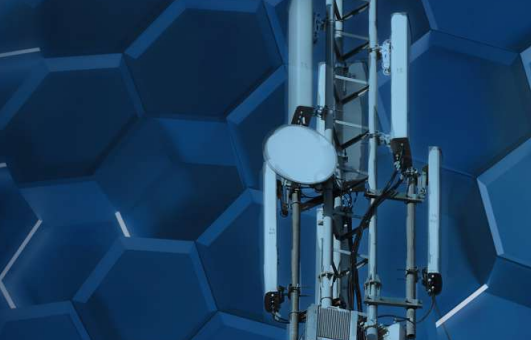For mobile service providers, maintaining an accurate view of the fixed assets across an entire network has always presented a challenge. For group operators, that challenge is multiplied – tracking the value of its fixed assets in multiple networks across different territories, managed, maintained and upgraded locally with equipment sourced from multiple vendors is near impossible using traditional methods.
Whether it is across one service provider or a group operator, an accurate Fixed Asset Register allows a service provider to more proactively manage and improve performance across a variety of business, operational and financial metrics. For example, an improved understanding of the capabilities of the assets on the register not only allows for more informed purchasing decisions, it also allows both the operations and finance teams to be more proactive. On top of that, in a group situation it enables information across networks to be consolidated to deliver economies of scale for the procurement team.
The driving factors
From a business perspective, being able to demonstrate that the Group keeps an accurate Fixed Asset Register is essential from a compliance perspective. For many service providers, the audit process usually involves inspectors taking samples from the Fixed Asset Register and then checking the actual locations where the equipment was reported to be held to determine the accuracy of the inventory.
Only if all the assets sampled, in all the locations, delivered an exact match, could the auditors say that the company’s assets were properly safeguarded. The unpalatable truth is that, for many service providers, the mismatch between the data on the registry and the equipment in the field is significant.
What’s more, it is vital that the same granularity of detail is held by both the operations and the finance team and that exactly the same descriptions are used across the business. Without that commonality, accurate records cannot be maintained. In addition, given the frequency with which the technology evolves and the constant replacing and upgrading of parts, today’s Fixed Asset Register needs to be both dynamic and easily maintained. This will ensure that as assets are added and removed, any changes in functionality are accurately tracked to a granular level. Without that dynamism and accuracy, the register may be behind reality and the auditor’s sampled assets may have already been replaced.
An accurate Fixed Asset Register can also be used for both network and financial planning. If the knowledge of the equipment in the field is accurately synchronised between the operational and financial teams it allows for analysis of the historical data to be used to give an overview of performance and capacity and aid future planning. In particular, it can support a centralised procurement process to provide economies of scale on assets required across networks but only if the register can deliver accurate, granular information. Without Common Language, service providers would not be able to get the certainty of a match between Fixed Asset Registers and the equipment in the field that is required from a compliance perspective; and they would not get the granularity of information about specific network components that they can use to drive their business performance.
Common Language helps service providers meet compliance requirements, it helps measure the return on its capital expenditure on network equipment and it supports operational efficiency in network management and maintenance. No other single solution can help communications service providers (CSPs) meet their regulatory, capex and opex targets quite like Common Language.
Service providers have found that iconectiv’s Common Language solution – originally developed to eliminate ambiguity of terminology to support efficient service provider operations and interconnect – can also be used to create an accurate, easy-to-use Fixed Asset Register. By effectively combining operational Common Language data with the information held by the finance team, service providers are able to create a completely accurate picture of the network’s assets.
What’s more, it became possible to more precisely amortize the cost of network equipment – right down to a single line card within a server or network switch. Common Language allows the Fixed Asset Register to record when a card was installed, the location of the cabinet it sits in and the length of its warranty. The finance team also gets a picture of the typical life cycle before replacement of a particular unit and what it will cost to replace it.
This is invaluable from a network maintenance perspective and enables much more accurate financial planning and valuation of network assets.
The value-added benefits
The application of Common Language helps track spending on network equipment and aids in efficient network maintenance. The solution helps reduce the overall spares inventory by identifying compatible equipment. It also helps prevent network downtime by proactively tracking recall notices so that equipment with known faults can be replaced before it fails.
A tier one service provider can buy – 1.5 million pieces of network items each year – as it upgrades and replaces existing equipment. The use of the Common Language solution not only helps drive down the mean time between failures (MTBF) of network equipment, and the mean time to repair (MTTR) that equipment, it also delivers significant financial savings.
Tier one service providers that use Common Language can achieve a 10% saving on procurement costs alone. When operational savings across network and finance functions are added in, the overall savings to the business could be 25% thanks to the accuracy and granularity of the information included in the company’s Fixed Asset Register.
Comment on this article below or via Twitter: @ VanillaPlusMag






